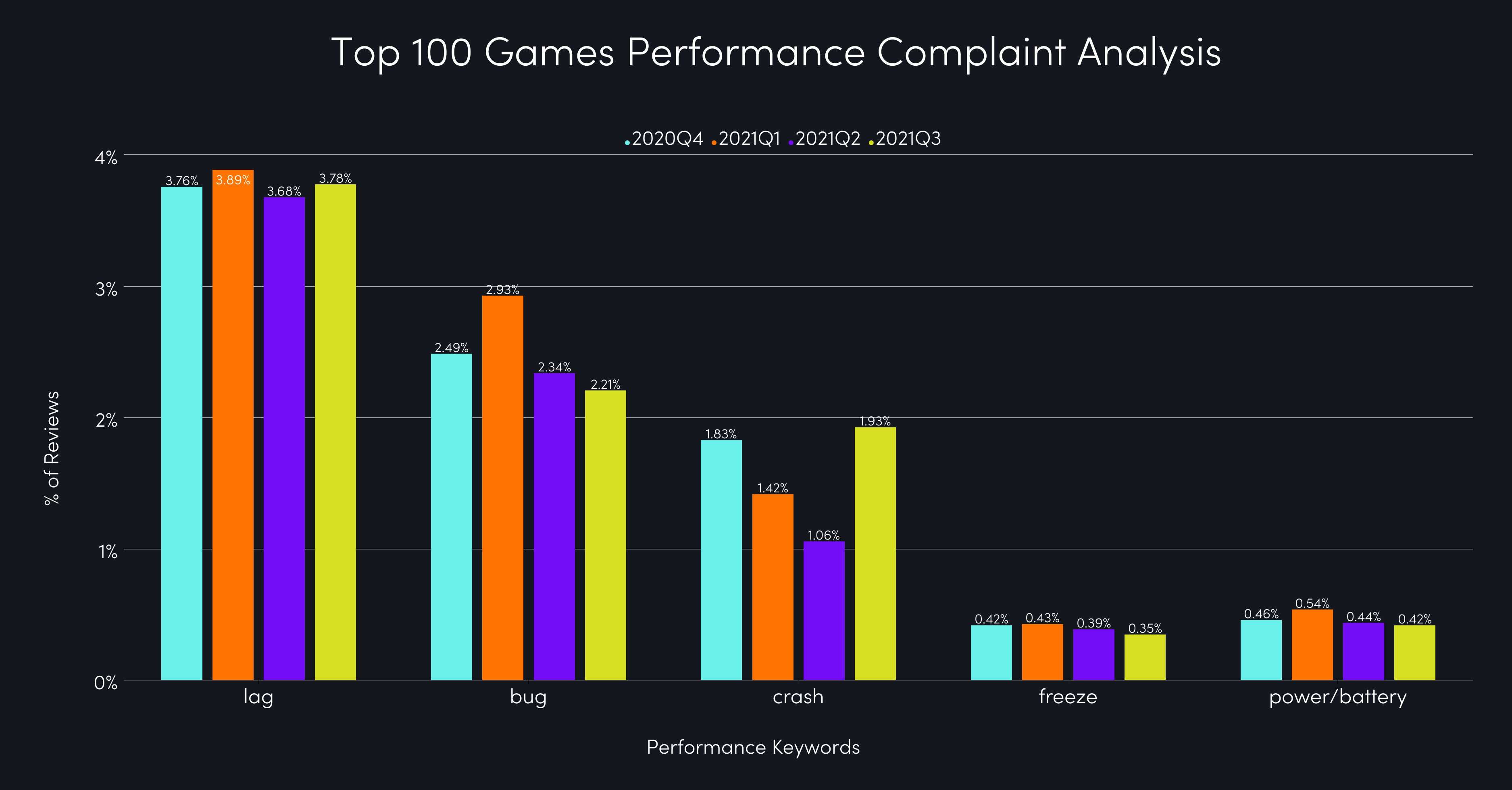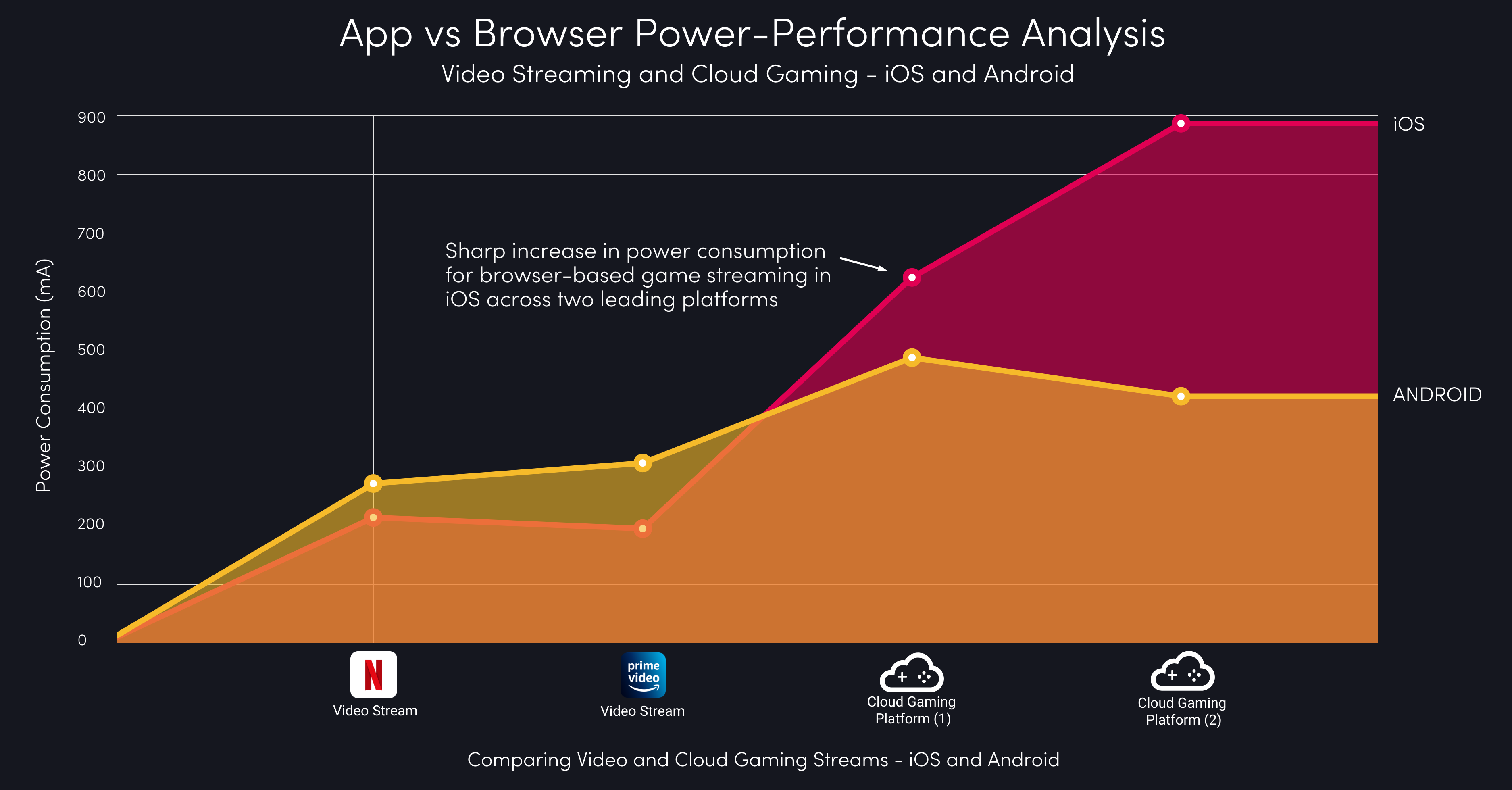 Same same. But different.
Same same. But different.
The engineer Martin Cooper of Motorola made what is commonly agreed as the world’s first mobile phone call on April 3rd 1973. Since then, in close to half a century of world-changing mobility, a stubborn and fundamental paradox has remained unresolved: battery life. Today’s 5.27bn mobile users remain universally tethered to the wall plug.
Even seven years after Apple unveiled the iPhone, IDC’s exhaustive research in 2014 (useful summary in The Guardian here) into the handset purchasing priorities of 50,000 consumers, placed battery life tens of percentage points ahead of every other consideration.
A further seven years on, while other mobile features and functions have clawed back quite a bit of ground, and despite regular improvements in battery efficiency and capacity, the story is the same. For most customers, it’s just an inconvenient fact of modern life.
Gamers are famously intolerant of anything that comes between them and their passion. And yet as Figure 1 below shows, our snapshot of battery-related complaints on the app stores indicates a counter-intuitive tolerance among players of the Top 100 games.

While it’s unlikely that gamers have achieved new levels of patience, perhaps a reluctant resignation has crept in, alongside specialised gaming handsets and the steady – though never quite satisfying – battery improvements noted above.
At GameBench, we’re concerned with optimum user experience, and thus the entire range of performance trade-offs that it demands. So with mobile gaming representing some 50% of the sector’s revenues, the power-performance balance – increased user tolerance notwithstanding – remains an ongoing area of research.
 5G … the problems and the promises
5G … the problems and the promises
A current myth that needs clarification is 5G’s much-discussed battery drain. In fact, 5G per se does not create extra workload, and as it enables radically faster download times and thus a more frequent and extended time to rest for the device, in theory (and eventually in practice) offers significant power management improvements over 4G.
The current problem arises primarily from two causes. The first is familiar to all of us. Users, when they find themselves with the luxury of a consistently strong 5G signal, tend to binge on that faster, fatter pipe. This sharply-increased data usage naturally increases and accelerates drain.
Second, given the current relatively small 5G networks in place and the resulting gaps in coverage, batteries need to work a lot harder to negotiate the frequent hand-offs required to maintain signal. The identical problem was – and of course sometimes still is – an issue for 4G. As we saw there, we can expect this ceiling to lift as 5G’s presence extends.
A brief and accessible deeper dive from Digital Trends is here. For now, gamers need to stay patient and beware 5G bingeing.
 Some intriguing discrepancies
Some intriguing discrepancies
What has our own R&D team been discovering around power management? As part of our recent extensive research into the comparative gaming performances of ISPs, 5G and 4G, we looked at the impacts on mobile power consumption of game versus video streaming.
Cloud gaming is often described as “Netflix for Gaming”. While this analogy originated with the shift to a subscription-based business model, as with video streaming a widely-assumed performance benefit, since the bulk of the workload is now server-side, has been the lower demands on the user’s device. So does this stand up to testing? Well, yes and no.
We’ve discovered differences – most notably between app- and browser-based models – that, even taking into account the recognised additional overheads of game streaming, are both hard to explain away, and as Figure 2 suggests, potentially challenging for providers.

Cloud gaming vendors have typically chosen a browser-based approach in iOS to avoid App Store commissions. But in doing so, are they asking users to foot the bill with poor optimisation for power? We’ll be reporting our further findings on the underlying causes of this unexpected discrepancy shortly.
For now, while customers may seem reconciled to that daily pilgrimage to the wall plug, gaming’s historic power-performance tensions are far from consigned to the past.
Performance IQ by GameBench is a hassle-free, one-minute read that keeps you abreast of precisely what you need to know. Every two weeks, right to your inbox. Here’s a quick and easy sign up for your personal invite to the sharp end of great gamer experience.
And of course, get in touch anytime for an informal chat about your performance needs.
![]() The intelligence behind outstanding performance
The intelligence behind outstanding performance

